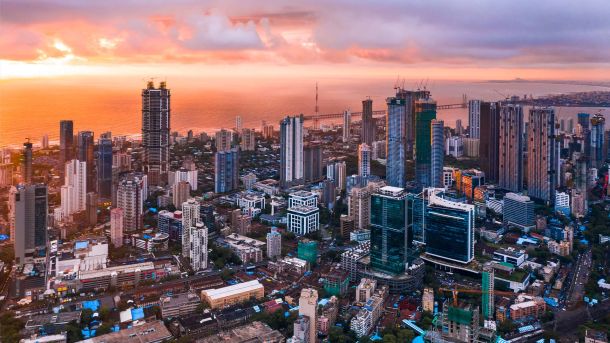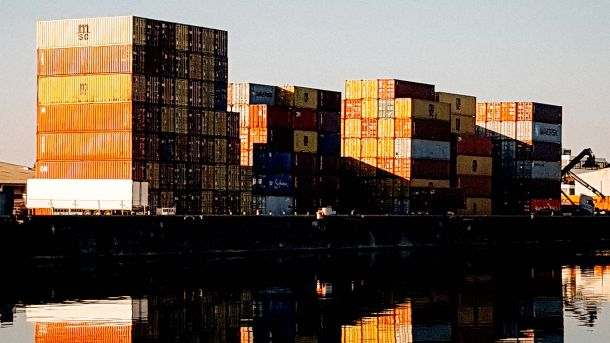Gross Operating Surplus
Gross Operating Surplus: A View on Company Profits

Company profitability is a key concern for both investors and the government. Investors evaluate the potential returns they can expect, while the government considers the impact of policy changes on tax revenue and the broader economy.
A fundamental method for assessing the profitability of a sector is to estimate the Gross Operating Surplus (GOS) at specific intervals, in this case, quarterly. In South Africa, the GOS appears to be erratic but generally aligns with GDP inflation trends, as illustrated in the accompanying graph. In the second quarter of 2024, company profits were one percent higher than inflation for the same period, indicating that profits grew faster than production inflation.
The overall growth in GOS is positive news, as rising profitability enhances the likelihood of investment and further economic growth. Particularly, the manufacturing sector has demonstrated significant growth, marked by increases in employment, production, and overall profitability.
The notable rise in total GOS is encouraging, reflecting a positive market sentiment that seems to resonate throughout the economy. This increase boosts production output and returns for all market participants, potentially leading to a much-needed rise in investment in South Africa.





